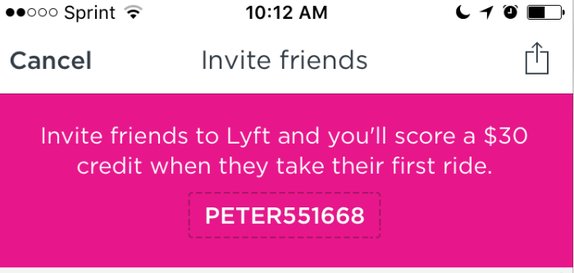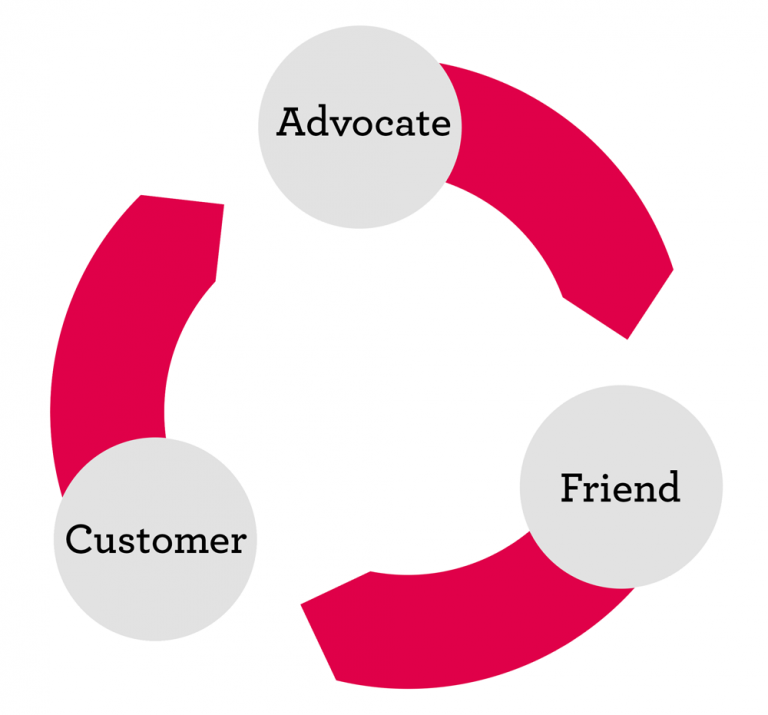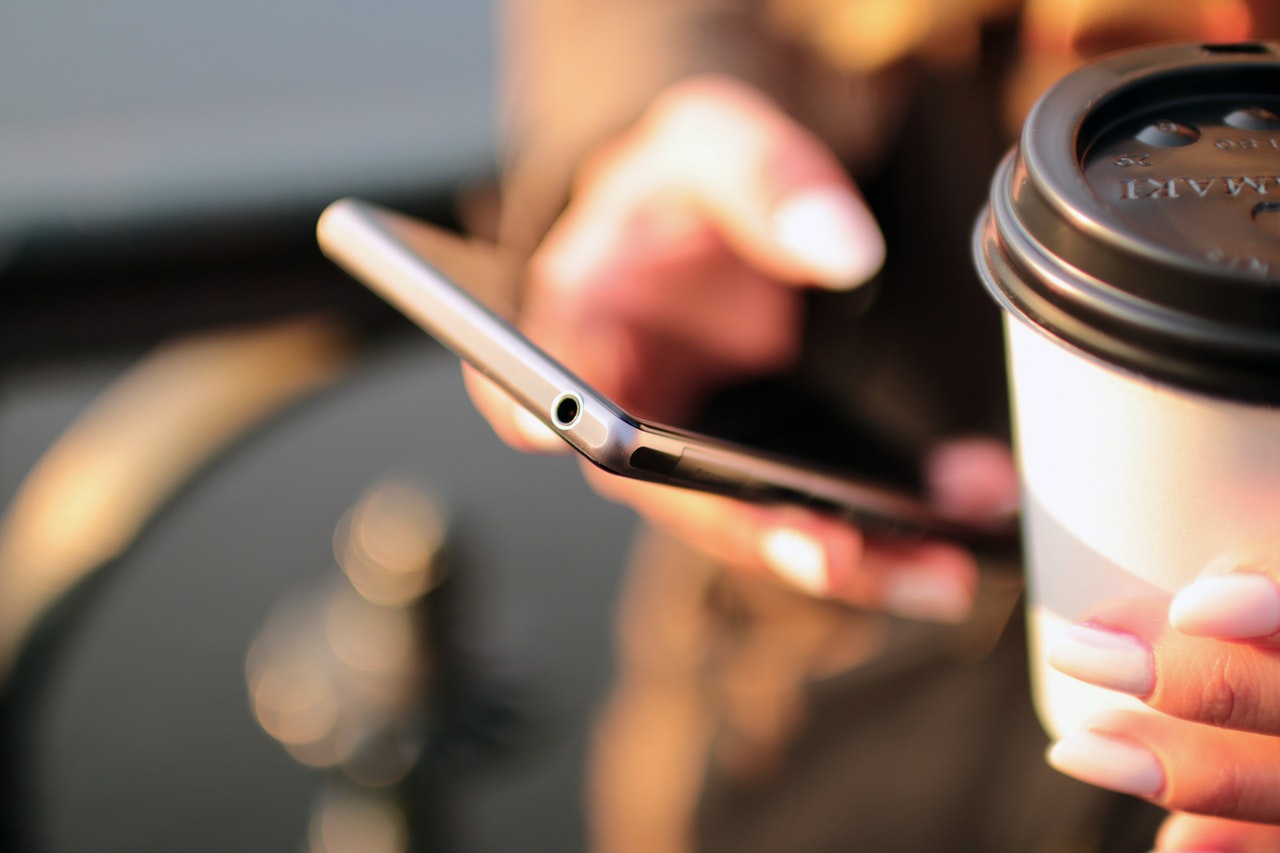4 Key Funnel Metrics for Your Next Referral Program
When it comes to referral programs, it’s easy to become fixated on the viral success stories of companies like Dropbox or PayPal. While these companies and their referral campaigns can teach us a lot about getting the most out of our referral email campaigns, it’s not the only way to go about finding new customers—and if we spend too long fixating on the success of campaigns like that, all we’re likely to do is end up discouraged.
The Dropboxes and PayPals of the world might hog more than their share of the limelight, but there are thousands of smaller companies achieving incredible results through their referral campaigns. Fortunately for us, these companies actually serve as far more useful case studies than larger, wealthier companies because their approaches are more accessible and their results are easier to achieve.
Instead of relying on manufactured virality, these programs have been carefully engineered and optimized to deliver consistent results over time. Let’s take a look at what this looks like by examining four key funnel metrics for your next referral campaign.
The Referral Funnel
When we talk about referral programs, one of the most common terms you’ll come across is the “referral funnel.” Similar to other funnel models used by marketers, referral funnels outline every step of the referral process, from the moment a prospect receives a referral email through to actually completing a transaction.
However, when it comes to referral programs, there are actually two funnels: the Advocate funnel and the Friend funnel. This is because, although similar in form and function, referral programs aimed at brand evangelists are distinctly different from campaigns aimed at the friends of existing customers. There’s a fair bit of overlap, but the differences are there.

As you can see in the figure above, the Advocate funnel focuses on how many advocates share (the Advocacy rate), how much they share (the Share rate), and the size of the audience these advocates reach.
- Advocacy Rate: Advocacy Clicks > Advocates
- Share Rate: Advocate > Reach/Share
The message sent by the advocate and shared with friends is the bridge that connects the two funnels.
The Friend funnel focuses on how many friends click on links shared by advocates (the Friend Click-Through Rate) before ultimately converting (the Friend clicks).
- Friend Click-Through Rate: Reach/Share > Friend Click
- Friend Conversion Rate: Friend Click > Conversion
Advocacy Rate: From Interest to Advocacy
Advocates are pivotal to the success of any referral campaign. Advocates are individuals who have personally recommended your product or service to a friend on at least one occasion. They saw your enticing call to action and subsequently decided to share that referral link with people they know.
Your Advocacy Rate is the percentage of people who share referral links when given the chance to do so. When it comes to the Advocacy funnel, your Advocacy Rate is the single most important metric, making it a crucial data point for referral marketers.
How to Increase Your Advocacy Rate
So, now we know more about the two stages of the typical referral funnel, how do we go about increasing your advocacy rate?
One of the easiest ways to increase your advocacy rate is to make it as easy as possible for potential advocates to find and share referral links with their friends. This might seem painfully obvious, but it’s amazing how many companies bury their referral links on irrelevant pages.
- Ensure your referral flow is as seamless as possible. Reduce or eliminate friction in the referral process, such as forcing advocates to sign up for an account before permitting them to share referral links.
- Always frame referral programs within the context of benefits to the customer. For example, Dropbox’s referral campaign used the phrasing, “Get more free space”—emphasizing the benefit to the individual—rather than, “Invite your friends.”
- Prioritize users on and traffic from mobile devices in your referral programs. Make sure users can share your referral links as quickly and effortlessly from a mobile device as they could from your desktop site.
In addition to the tips above, you should test your copy extensively.
- Provide and A/B test a default referral share message. Use an authentic, conversational tone and avoid buzzwords, industry jargon, and any other “marketing speak” to ensure your brand remains accessible.
- Structure your incentives in a way that rewards both advocates and friends.
- Experiment with asymmetrical incentive structures in which advocate and friend incentives are different. For example, if your Friend Click-Through Rate and Friend Conversion Rate are both high, but your Advocacy Rate is low, test whether increasing the reward for advocates has an impact on the number of shares.
Share Rate: From Advocate to Reach/Share
Now let’s take a look at Share Rate.
The Share Rate of your referral campaigns is the average number of unique shares per advocate. Although this can vary widely from one referral campaign to another, you can safely assume that around 80% of your referrals will be driven by just 20% of your advocates—a classic example of the 80/20 rule, also known as the Pareto Principle.

This phenomenon also closely resembles what’s known as the power law, in which a small number of people drive the vast quantity of positive outcomes. In this scenario, some of your advocates might share a referral link just once before forgetting about it completely, whereas other advocates will refer people constantly. These advocates are sometimes referred to as “super advocates,” individuals who have made referring their friends to your product or service a regular habit.
How to Increase Your Share Rate
One of the best ways to leverage the power rule in your referral campaigns is to create separate referral campaigns designed specifically to target super advocates.
- First, identify your super advocates by pulling the top 5-10% of your referrers OR the top 5-10% of your customers by Customer Lifetime Value. Then design a unique referral campaign for these segments. Doing so makes your super advocates feel special and valued, encourages loyalty, and incentivizes them to share more frequently.
- Design incentive structures that offer super advocates considerably better rewards for them and their friends.
- Create a defined delivery cadence for ongoing promotion. Referral campaigns aimed at super advocates should be more frequent and can also coincide with other one-off campaigns, such as holiday promotions.
If you want to increase the size of your advocate base, try the following:
- Make it as easy as possible for advocates to share referral links. Customers are 4X more likely to refer friends when the sharing experience occurs on the same page vs. a dedicated landing page.
- Encourage advocates to become super advocates by herding them through dedicated nurture campaigns and offering instructional content on ways they can earn additional rewards.
- Email is, by a country mile, the most popular way for advocates to refer their friends. In your campaigns, make sure to give advocates the opportunity to email multiple recipients on their contact list. Highlight the fact that advocates can—and should—refer multiple friends, and make the rewards for doing so clear.
Friend Click-Through Rate: From Reach/Share to Friend Click
Friend Clicks, or your Friend Click-Through Rate (CTR), is the percentage of friends who click per share. For example, if five people clicked on a shared link, your Friend CTR would be 500%.
Unlike our other two metrics, Friend CTR tends to trend much higher, with averages of around 100% for most referral campaigns optimized around this metric.
One of the unique considerations to bear in mind when optimizing referral campaigns for Friend CTR is to identify benchmarks for specific distribution channels—in this case, email and Facebook. Amplification is often highest across social channels, and Facebook Friend CTR tends to be significantly higher than that of email; Facebook has an average Friend CTR of 80%, whereas email has an average Friend CTR of 50%.
The reason for this significant differential is because while an advocate might share a referral link with five of their closest friends via email, a share on Facebook will be shared across the entirety of the advocate’s Facebook network, which drives up the Friend CTR considerably. While you can and should track Friend CTR for other channels, such as Twitter, it’s much harder to identify benchmarks for Twitter and they can vary wildly.
How to Increase Friend CTR
In this type of referral campaign, the friend looks at the share sent by the advocate before deciding whether to click through to the offer. However, while the offer itself is an important factor in whether the friend will click through or not, the degree to which the referral message was customized by the advocate also plays a significant role. The more the referral is personalized to the recipient, the greater the likelihood the friend will click through.
Put another way—if you don’t give your advocates the ability to tailor their referral messages, you’re missing out on an enormous opportunity to increase your Friend CTR.
- Consider not just giving advocates the ability to customize referral messages but actively mandating they do so. For example, clothing brand Land’s End requires that advocates customize their referral messages before allowing them to send the link or post it on Facebook.
- Further personalize your referral messages by tailoring them to be from the advocate, not your brand. Include as much information about the referring advocate as you can. Remember, people trust their friends a lot more than they trust your brand, so make sure to put advocates front and center in your referral messaging.
- If you’re thinking of using referral codes in your next campaign, consider tailoring these codes to your advocates, too. Lyft does a great job of this by prefixing users’ names to coupon codes they can send to their friends and contacts.

Friend Conversion Rate: From Friend Click to Purchase
Finally, it’s time to look at Friend Conversion Rate.
Let’s say a friend has clicked on a share link and arrived at your site. You’ve got them right where you want them. They’re interested in the referral offer and have clicked on a referral link. Now’s the time to close the deal and secure that referral.
You could be forgiven for assuming that conversion rates would trend high at this stage of the funnel—but you’d be mistaken. In actual fact, conversion rates at this stage can be surprisingly low. For example, for certain online beauty and cosmetics retailers, friend conversion rates can be as low as 2.9%.
The most important factor to consider at this stage of your referral campaigns is user experience design. It couldn’t be simpler: make it effortless for friends to redeem the reward and buy the product, and you’ll increase your conversion rates and turn more friends into loyal, satisfied customers.
How to Increase Your Friend Conversion Rates
A friend of your advocates is a friend of yours. That’s why it’s crucial to make them feel special, welcome, and valued.
- Boost friend conversion rates by up to 3% by showing new customers which of their friends sent them your way. This is a quick and easy win that can really pay off at high volumes.
- Ensure that referral links take the friend directly to the promotional offer. Don’t force referred friends to hunt for the offer by dumping them on your homepage or driving them to a generic landing page. The last thing you want is to create barriers between the referred friend and the special offer.
When it comes to mobile, your top priority is ensuring that the friend referral experience is as seamless and effortless as possible. If your Friend CTR is high, but your friend conversion rate is low, take a look at your overall friend referral experience.
- Reducing—or eliminating—friction on mobile is absolutely critical. Count how many clicks it takes for referred friends to buy, then focus on reducing this number as much as you can.
- Most people aren’t great at multitasking, and this is especially true on mobile. Don’t force users to switch between an email client and a browser window to take advantage of your offer.
- Ensure that the design of your referral campaign is responsive across multiple devices and screen resolutions.
Leveraging the Referral ‘Flywheel’ Effect
In engineering, flywheels are mechanical devices that generate power. The thing to remember about flywheels is that although it takes a lot of energy to get the flywheel moving, once it’s in motion, it takes very little energy to maintain that momentum.
This is exactly what you’re trying to do with your referral campaigns.

The beauty of referrals is that the funnel never really ends. Ideally, your referral campaigns will more closely resemble a flywheel than a linear funnel. Optimizing your campaigns creates more advocates, who refer more of their friends, who become customers, who then become advocates, who then share at much higher rates.
The strategies above aren’t likely to result in monstrous, viral growth overnight—but that’s not the point. By focusing on these four key referral funnel metrics, you’re setting yourself up for sustainable, organic growth rather than pinning your hopes on a referral campaign going viral.
Latest posts by David Candelas (see all)
- Use a SMART Goal Template to Hack Your Productivity - December 11, 2020
- Is LinkedIn Worth Your Time as a Salesperson? - November 24, 2020
- Tips for Starting the Home Office of Your Dreams - November 29, 2019


